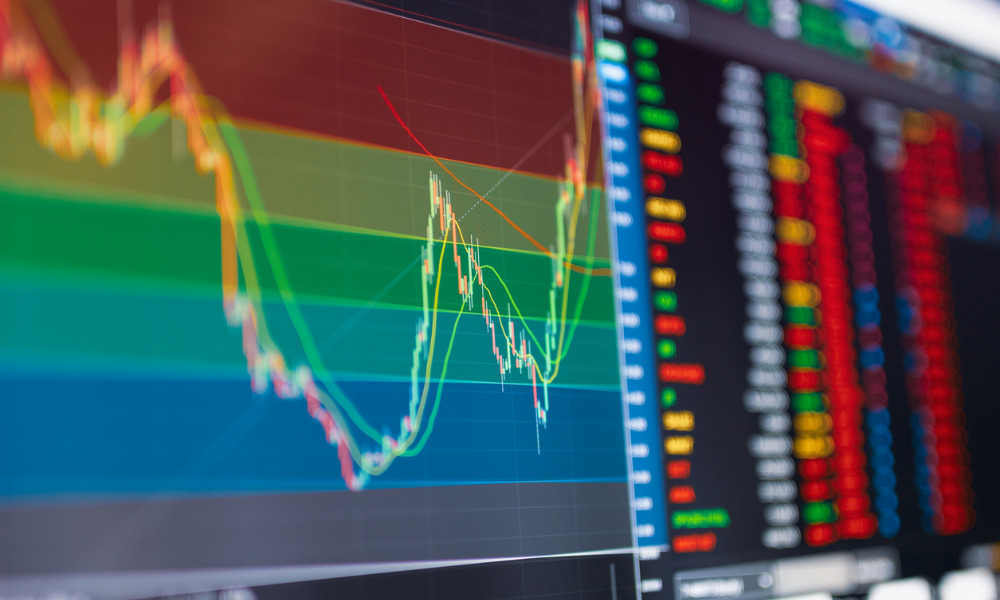Current market volatility is comparable to some of the most tumultuous times in recent market history

Market volatility is probably not something investors need to be reminded of. The stark ups and downs that have defined the financial environment so far this year should make that clear to everyone.
Abhishek Ashok, analyst at AGF Investments, wrote in an article for AGF that its factor analysis showed how intraday equity moves over the past several months are comparable to those that occurred in the first few months of the COVID-19 pandemic in 2020 and the Global Financial Crisis in 2008 and 2009.
More specifically, since the start of March, more than 70% of trading days have had a daily return spread between high and low beta stocks that is higher than one standard deviation (plus or minus). Furthermore, based on this volatility index, the months of March 2022 and May 2022 rank among the 10 most unstable months since the year 2000, with 78% and 77% of trading days respectively.
According to Ashok, this amount of factor volatility is unusual because past occurrences of this size have often corresponded with significant market collapses that have been accompanied by deep recessions.
However, that's not exactly the situation now.
Economic growth is still positive to date and purchasing manager indexes (PMIs) around the world continue to indicate a slowdown in the business cycle, not a full-scale contraction, even though most major indexes have declined significantly due to recession fears.
A more severe economic slowdown than what is currently occurring is, interestingly, being priced in by markets, according to subsequent examination of factor performance. The lowest beta stocks have beat the highest beta stocks by almost 30%, while the lowest volatility stocks have outperformed the highest volatility stocks by close to 20% year to date.
Markets are undoubtedly more volatile than they typically are right now, but it is unclear if this will continue.
Extreme circumstances frequently herald inflection points which ultimately limit the gains of present market leaders and help those sectors of the market that have underperformed. However, if such a shift were to occur, it might only last a short while due to the persistent economic uncertainties in a setting of historically high inflation rates and rising interest rates.
To manage what is anticipated to be another turbulent few months for investors, a barbell strategy that concentrates on the higher-quality areas of the factor spectrum may be appropriate, Ashok wrote.



